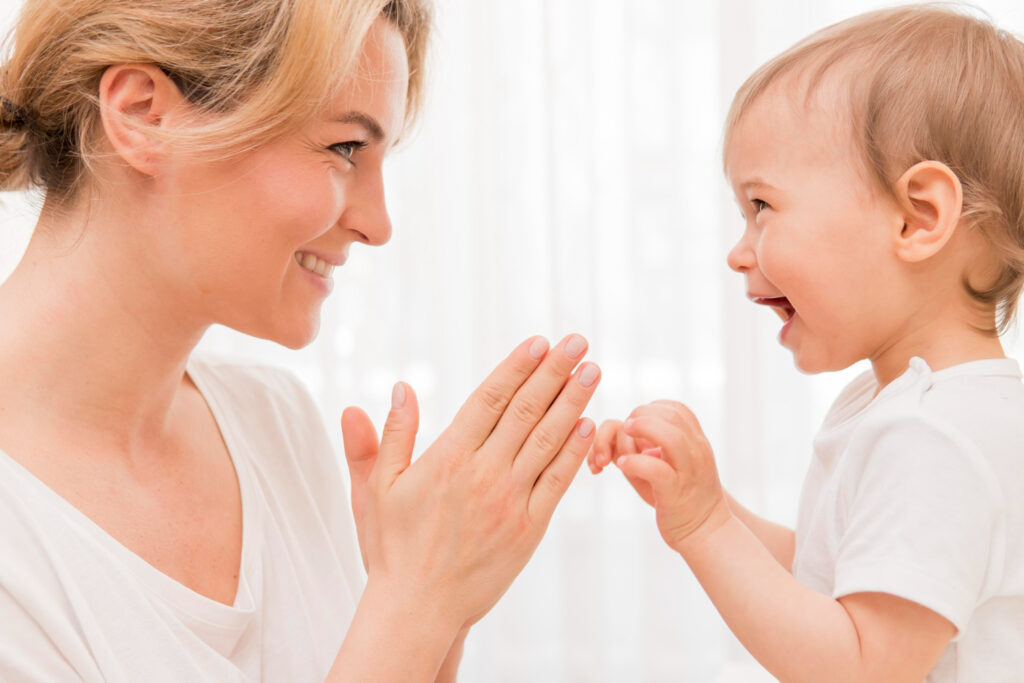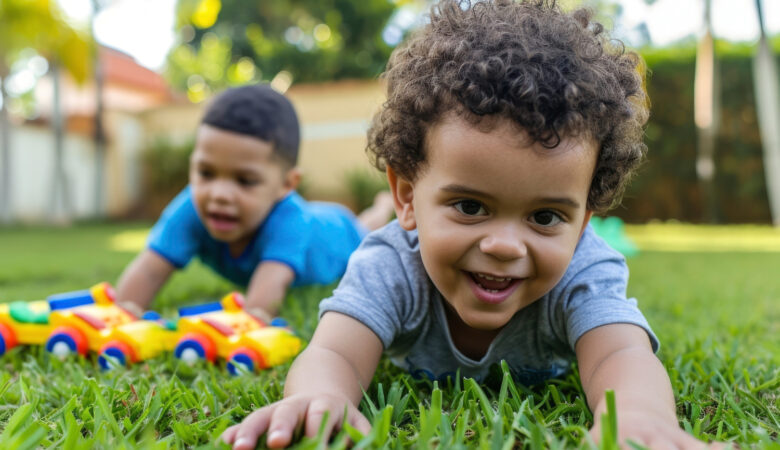Before becoming a parent, I had heard of baby sign language but never gave it much thought. It sounded interesting, but honestly, I wasn’t sure if it was actually useful. Would a baby really be able to communicate before speaking? Would it be worth the effort?
Six months ago, I decided to give it a try. I kept my expectations low and approached it as a fun experiment. What I didn’t expect was just how much it would change our daily life. The results? Eye-opening. Here’s what we learned along the way.
Why We Started Using Baby Sign Language
Like many parents, I found myself struggling to understand my baby’s needs. The early months were full of guessing games—was she hungry? Tired? Uncomfortable? I relied on cues like fussiness and cries, but there were times when I just couldn’t figure it out.
I started reading about baby sign language and learned that babies can understand language long before they can speak. Their vocal cords just aren’t ready yet. But their hands? Those are ready much earlier. The idea that I could teach my baby simple signs to express her needs before she could talk was enough to convince me to try.
I picked a few basic signs and decided to see what would happen.
The First Few Weeks: Nothing Happened (Or So I Thought)
I started small—using just a few signs for milk, more, eat, and all done. Every time I gave her milk, I made the sign for “milk.” Every meal, I signed “eat.” When she finished, I signed “all done.”
At first, there was nothing. No response. No sign that she even noticed. It honestly felt silly, and I almost gave up. But I reminded myself that babies learn through repetition. She wasn’t ignoring me—she was absorbing.
Month Two: The First Sign
At around five months, she suddenly opened and closed her tiny hand while nursing. It was the sign for milk. At first, I thought it was just a random movement, but when I saw her do it right before a feeding, I knew she had made the connection.
It was a small moment, but it felt huge. She was telling me what she wanted, and I understood her. It was the first time she had ever truly communicated with me.
That was the motivation I needed to keep going.
Month Three: More Signs, More Understanding
By the sixth month, something incredible happened—she started using more signs.
- She signed “more” during meals when she wanted another spoonful.
- She signed “all done” when she was finished instead of just throwing food on the floor.
- She reached for her bottle and made the “milk” sign instead of crying.
The biggest surprise? She seemed less frustrated. She still babbled and made sounds, but when she wanted something, she used signs instead of crying or whining. It made our days so much smoother.
The Unexpected Benefits
Going into this, I expected baby sign language to help with communication, but I wasn’t prepared for all the other benefits that came with it.
- Fewer Tantrums– Babies cry when they can’t express what they want. Signing gave her a way to communicate without getting upset.
- Stronger Bond– Understanding her needs before she could speak made me feel more connected to her. She knew I was listening.
- Earlier Speech Development– Many people think signing delays speech, but research (and my own experience) shows the opposite. Because she was already linking gestures to words, she started saying those words earlier.
- Confidence in Expressing Herself– Instead of just pointing and grunting, she was actively trying to communicate.
What I’d Do Differently
Looking back, I would have started even earlier. Babies can recognize signs as early as three to four months, and while they may not use them right away, the exposure helps. I also would have added more fun signs—like “dog,” “play,” and “outside”—to encourage interaction beyond just basic needs.
Would I Recommend It? Absolutely.
If you’re thinking about trying baby sign language, I’d say go for it. It’s simple, free, and requires no extra effort beyond using the signs consistently in daily routines. You don’t need to be an expert or learn an entire language—just a few basic signs can make a huge difference.
And if it takes a while to see results, don’t get discouraged. Babies are always learning, even when it doesn’t seem like it. One day, out of nowhere, they’ll start signing—and you’ll realize they’ve been listening all along.










Leave a Reply